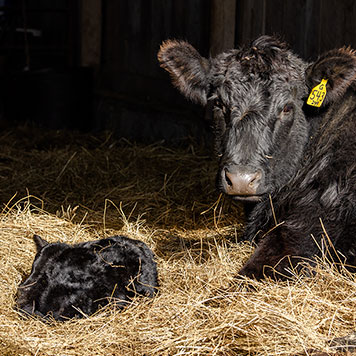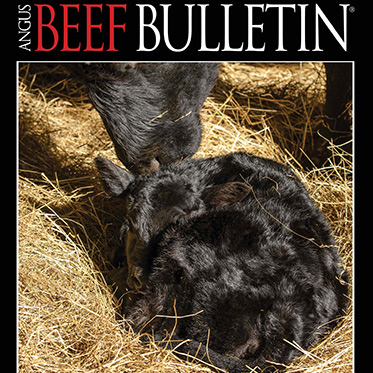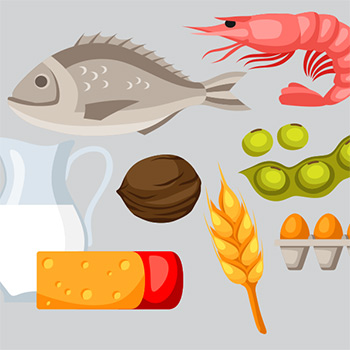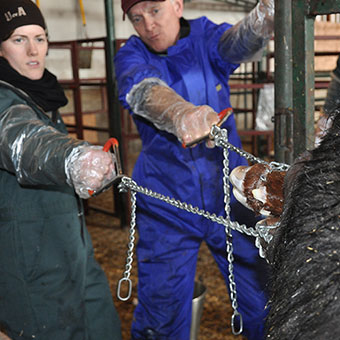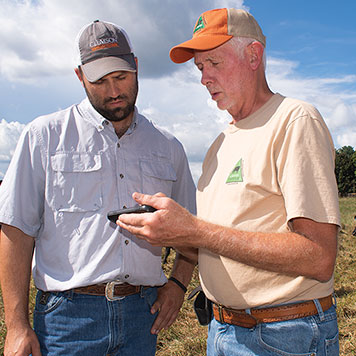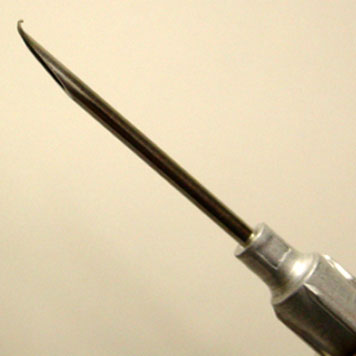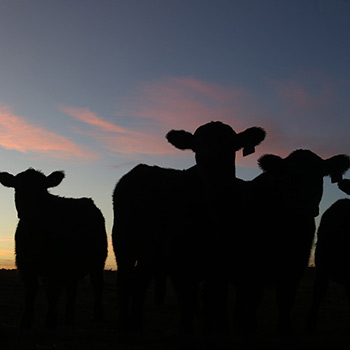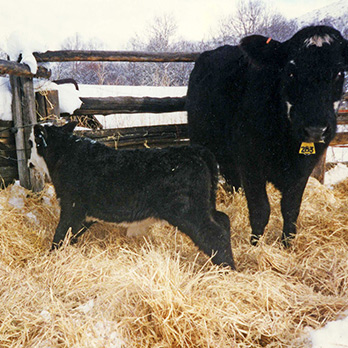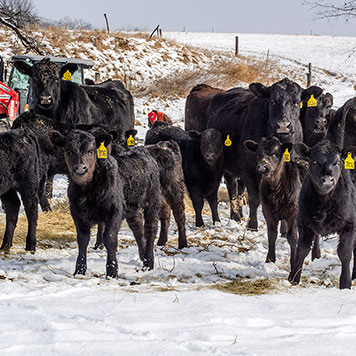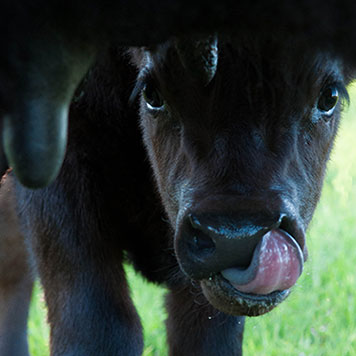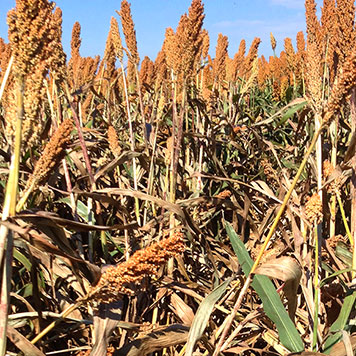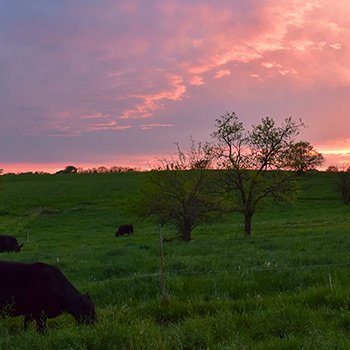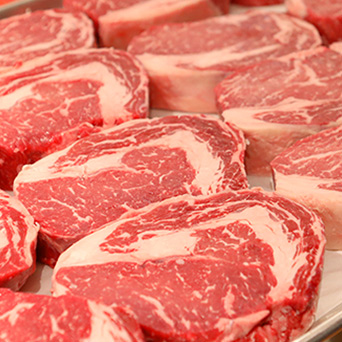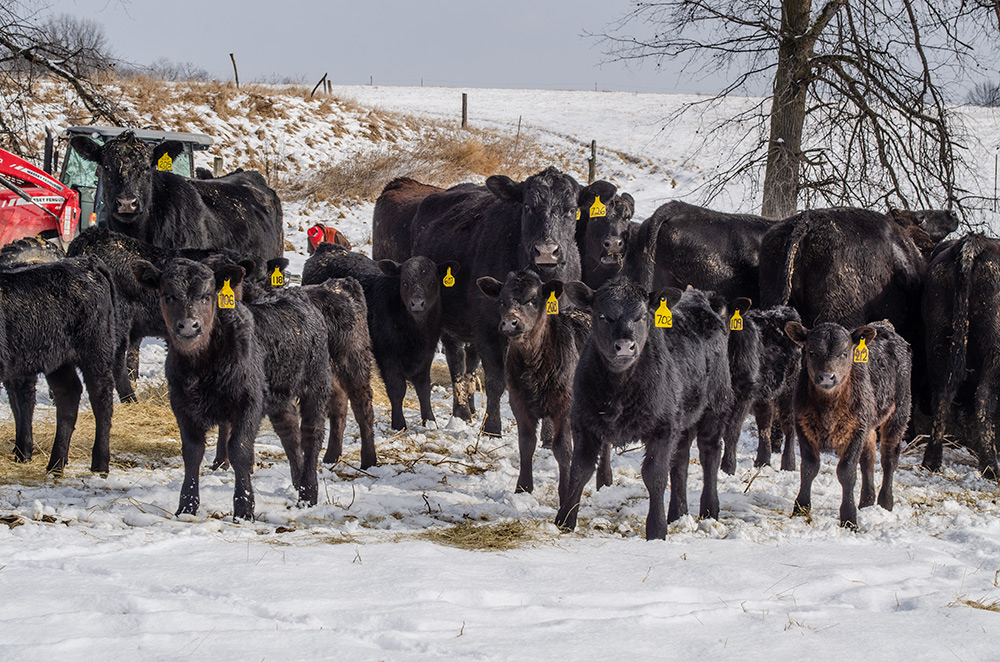
Nutrition to Multitask
How to give multitasking mamas an added nutritional boost.

Ask any new mother how she’s feeling, and variations of “exhausted” will likely be uttered from her mouth. If a new mama cow could talk, her answer might be the same. This is especially true for a 2- or 3-year-old that’s just delivered her first or second calf into the herd, while still growing and developing herself. That’s not all this multitasking mama is doing; she’s also lactating, caring for a calf and trying to prepare herself for the upcoming breeding season.
Producers put a lot of pressure on their cows. While they continue to grow and mature themselves, they are also growing a calf in their womb and hopefully generating an ample supply of high-quality colostrum. On calving day, you expect them to deliver a healthy, vigorous calf unassisted, and get that calf up and nursing. Then, during peak lactation, when nutrient needs are the highest, you expect them to maintain their body condition, all while continuing to grow and being ready to rebreed 45-60 days after their calf is born.
“These are some unrealistic expectations we put on a cow in a very short amount of time, about 120 to 150 days of her life,” says Lindsey Grimes-Hall, nutrition and field sales manager for BioZyme Inc. “Our cattle are genetically superior to what they were 50, 40, even 20 years ago, so our nutrient requirements are also increased because they are genetically capable of more.
“Between genetics being better and our exceedingly high-performance expectations of that cow to stay in business, we have got to take care of her at a nutrient level that will allow her to reach optimal performance,” she continues. “If she’s not getting the groceries and goodies she needs, she is going to fall short. We’re going to want to blame it on the cow, but it’s not really her fault. We weren’t paying attention to what she needed.”
The hierarchy of nutrient partitioning applies to all vitamins, minerals, protein and energy, says Grimes-Hall, and a large portion of nutrients that an animal consumes each day goes toward maintenance. Next, the remaining nutrients are used for the growth of the actual animal, if they have not yet met maturity.
If there is still a surplus of nutrients, these can be allotted for fetal growth and development. Finally, any remaining nutrients are used for milk production, reproduction and weight gain — all critical to that younger cow that has just given birth.
“If you are lacking nutrition, milk production, reproduction and BCS (body condition score) are what are going to suffer first,” Grimes-Hall says. “That’s not even taking into consideration the weather.”
Weather has a huge effect on basic maintenance requirements. When it is really cold, an animal is going to have to expend more energy to keep herself warm. Nutrient requirements tend to increase 10%-25% in extremely cold weather, when many producers calve.
To prepare your cows for this nutritionally challenging time of their production cycle, Grimes-Hall suggests making sure the younger females are on a more positive plane of nutrition by exceeding some of their nutrient requirements. As they enter the last 30-45 days of gestation, an extra boost of protein and energy will help them with colostrum production, as well as their own maintenance. She warns not to push the cows too hard to get them overly fleshy, because that could lead to calving difficulties.
Additional nutrition for your cows will depend on the region you live in and the resources available to you. If you were able to make plentiful high-quality hay, you might be able to supplement with additional forage. For others, adding grain to the diet might be necessary.
“That’s the beauty of the beef industry. We can do so many different things to achieve the same result all across the country,” she said.
“The NRC requirements are based on an average cow, with average performance in an average environment. I always like to challenge customers and say we all have better-than-average cows,” Grimes-Hall said. “With improved advancements in genetic selection and better management practices, our cows need more than average nutrient requirements to meet our expectations.”
The mama cow is a busy lady with raising a calf, maintaining her own body condition, and getting reproductively fit for rebreeding. As producers, it’s your priority to make sure she has the nutrients she needs to handle the balancing act required to continue to be a high-performing, profitable part of your herd.
Editor’s note: Shelia Grobosky is a public relations coordinator for BioZyme Inc. Photo by Shauna Rose Hermel.
